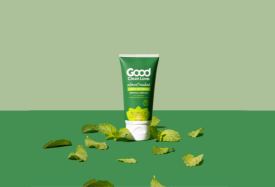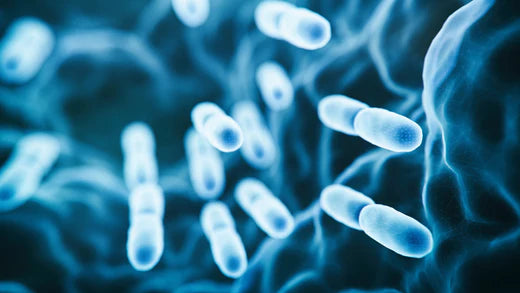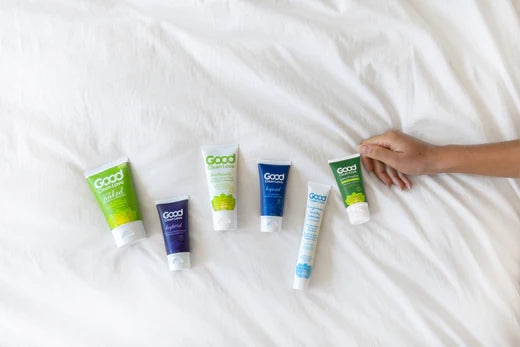We describe our food as having flesh, making clear its libidinal qualities–we put this flesh in our mouths, publicly take it into our bodies, make more of ourselves by its nutriment.
Our food’s flesh is made of what it has digested–water, sun, minerals in the soil, other flesh. Meat has flesh; so does fruit; fruit can be “meaty,” and a well-cooked mushroom might be meaty, too. Eggplant, tomato, coconut, melon are all accustomed recipients of the word we also use to describe the porous membrane that covers our organs.
Perhaps we are so comfortable speaking like this because we are so comfortable–we don’t have to worry about being eaten. We are so protected, usually, we can eat and copulate simultaneously (or at least observe those who do)–George Costanza and his pastrami. Like Water for Chocolate. All the creams and honeys that get licked off and rubbed in. More media than you have time to digest featuring combinations of food and sex.
Passion and hunger both blur the distinction between what’s to eat and what’s to love. Even something as bland as a lovely sunset can seem unsatisfying, like a cake locked away in a case. I have the feeling that until it is has entered me through my mouth, the site of speech, and become part of my being, I haven’t really had it.
We say certain verbs are copulative, uniting parts of speech. Likewise, calling both food and bodies flesh unites eating and sex, which are both acts of union, too. Right now peaches are ripening, becoming sweet in the sun I’m sheltering from because it burns my flesh. Later I’ll eat one, taking the sun inside of me.














